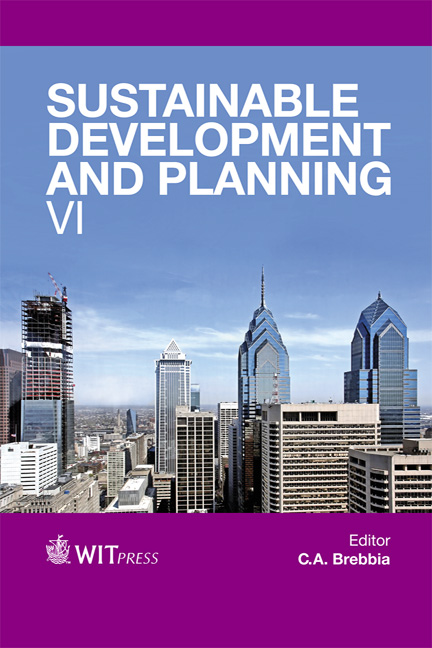Infill Development As An Approach For Promoting Compactness Of Urban Form
Price
Free (open access)
Transaction
Volume
173
Pages
12
Page Range
455 - 466
Published
2013
Size
623 kb
Paper DOI
10.2495/SDP130381
Copyright
WIT Press
Author(s)
S. S. Aly, Y. A. Attwa
Abstract
In the last few decades, urban decay has increased within the city urban fabric; due to the deterioration of the inner city and increase in population. High income citizens abandoned their houses demanding a better quality of life outside the city fabric, leading the old city to be occupied by poorer households or left vacant. Urban decay is linked to suburban sprawl as the economic life is pulled out of the city, instead of a previously developed urban site within the old city fabric. Infill development is the new development of vacant, abandoned, passed over, or underutilized land within built-up areas of existing communities, where infrastructure is already in place. It is a solution to filling gaps in existing communities and playing a critical role in achieving community revitalization, land conservation and alternatives to sprawl development. Taking advantage of existing infrastructure, increasing walkability by contributing safe and attractive pedestrian environment, creating new opportunities for mixed use that recapture the “sense of place” that is largely missing in development projects. Infill development is a solution to enhancing the character, viability and function of the old city. The aim of this research is to articulate the potential and limits of infill development. It focuses on factors that influence decisions to introduce infill development as an approach to smart growth and a solution to urban decay. This is achieved by analyzing international and local examples of infill development to identify the different land use of vacant land in different urban contexts. An analytical comparison is carried on the examples, to achieve broad recommendations for infill development in different urban contexts.
Keywords
infill development, urban sprawl, revitalization, smart growth





